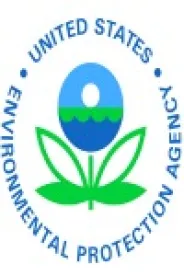The U.S. Supreme Court today partly upheld and partly rejected the U.S. Environmental Protection Agency’s federal Clean Air Act permitting regulations governing greenhouse gas (GHG) emissions from stationary sources. The decision is mostly a victory for EPA, and its narrow scope means that it will almost certainly not disrupt, let alone invalidate, EPA’s ongoing Section 111(d) rulemaking to set GHG emission limits for existing power plants. At the same time, the decision does not necessarily mean that EPA’s 111(d) proposal is free from legal challenge. That is because the decision does not address 111(d).
Today’s decision concerns the Clean Air Act’s two stationary source permitting programs – the prevention of significant deterioration (PSD) program and the Title V program. In 2010, EPA announced that it was including GHG emissions within the scope of both programs. Various states and industry groups challenged that announcement, and today, the Supreme Court partly agreed and partly disagreed with the challengers.
First, five justices (Scalia, Roberts, Kennedy, Alito and Thomas) held that a source’s GHG emissions, standing alone, cannot trigger the obligation to undergo PSD and Title V permitting. That part of the decision is a loss for EPA. But the second part of the decision is a victory for the agency. Seven justices (Scalia, Roberts, Kennedy, Ginsburg, Beyer, Sotomayor and Kagan) held that EPA canrequire sources that are subject to PSD “anyway,” because they emit other types of pollutants in significantly large quantities, to control their GHG emissions. In sum, GHG emissions cannot trigger the obligation to undergo PSD permitting, but EPA can use the PSD permitting process to impose source-specific GHG emission limits on facilities that trigger the process for other reasons.
The decision does not address EPA’s authority to impose substantive limits on GHG emissions using other statutory provisions such as Clean Air Act Section 111(d).




 />i
/>i

